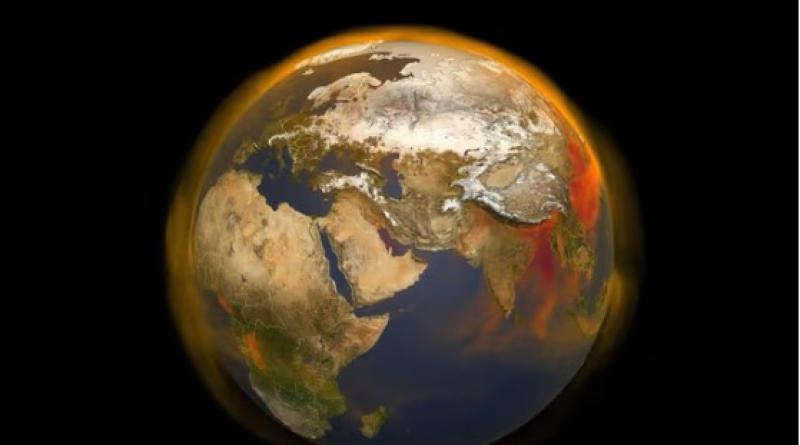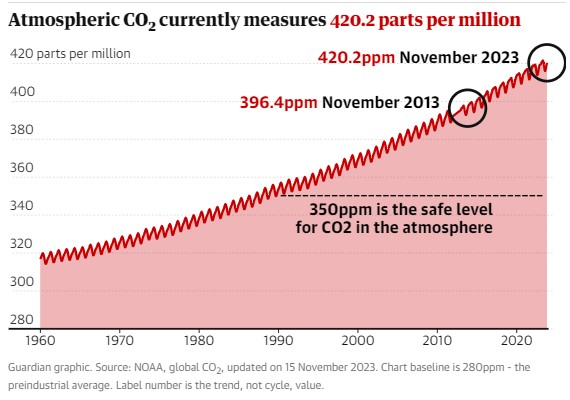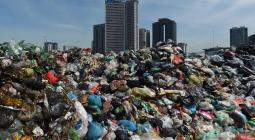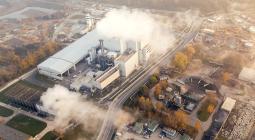Climate-heating gases reach record highs, UN reports

World Meteorological Organization sees ‘no end in sight to the rising trend’, largely driven by fossil fuel burning
The abundance of climate-heating gases in the atmosphere reached record highs in 2022, the UN’s World Meteorological Organization (WMO) has reported.
The WMO said “there is no end in sight to the rising trend”, which is largely driven by the burning of fossil fuels.
The concentration of carbon dioxide, the main greenhouse gas, is now 50% higher than before the start of the Industrial Revolution.
The Earth has not experienced similar levels of CO2 for 3-5 million years, when the global temperature was 2-3C warmer and sea level was 10-20 metres higher than today, the WMO said.
The concentrations of the two other key greenhouse gases, methane and nitrous oxide, also grew, according to the report, published ahead of the UN’s Cop28 climate summit, which begins on 30 November.
Greenhouse gas levels will continue to increase until emissions are cut all the way down to net zero, meaning global heating and the impacts of extreme weather will also continue to increase.
However, countries are failing to deliver on almost every policy required to cut emissions, despite progress on renewable energy and electric cars, according to a report published on Tuesday. It said, for example, that coal must be phased out seven times faster than is happening to avoid the worst impacts of global heating.
“Despite decades of warnings from the scientific community, thousands of pages of reports and dozens of climate conferences, we are still heading in the wrong direction,” said Prof Petteri Taalas, the WMO’s secretary-general.
“The current level of greenhouse gas concentrations puts us on the pathway of an increase in temperatures well above the Paris agreement targets by 2100,” he said.
“This will be accompanied by more extreme weather [and] the socioeconomic and environmental costs will soar. We must reduce the consumption of fossil fuels as a matter of urgency.”
The past year has seen temperatures described as “gobsmackingly bananas” by scientists shatter records, and intensifying extreme weather events take lives and livelihoods across the globe.

The WMO report found that the heating effect of greenhouse gases in the atmosphere rose by 50% between 1990 and 2022, with CO2 accounting for about 80% of this increase.
Methane is a potent greenhouse gas, with the human sources being the fossil fuel industry, cattle and waste dumps. Levels of methane rose again in 2022 and scientists are concerned that a recent acceleration of methane emissions may be driven by the effect of global heating on wetlands, producing a potential feedback effect.
The increase in nitrous oxide levels in 2022 was the highest ever recorded. This greenhouse gas is produced by overuse of fertilisers, crop waste burning and industry.
The International Energy Agency said in September that the world’s demand for oil, gas and coal would begin to decline this decade in “the beginning of the end” of the fossil fuel era. But the IEA said this was still “nowhere near steep enough” to limit global temperature rises to 1.5C, the internationally agreed limit.
A recent UN report found that the world’s fossil fuel producers were planning expansions that would blow the planet’s carbon budget twice over. Experts called the plans “insanity” which “throw humanity’s future into question”.
Photograph: Nasa/Scientific Visualization Studio/EPA





